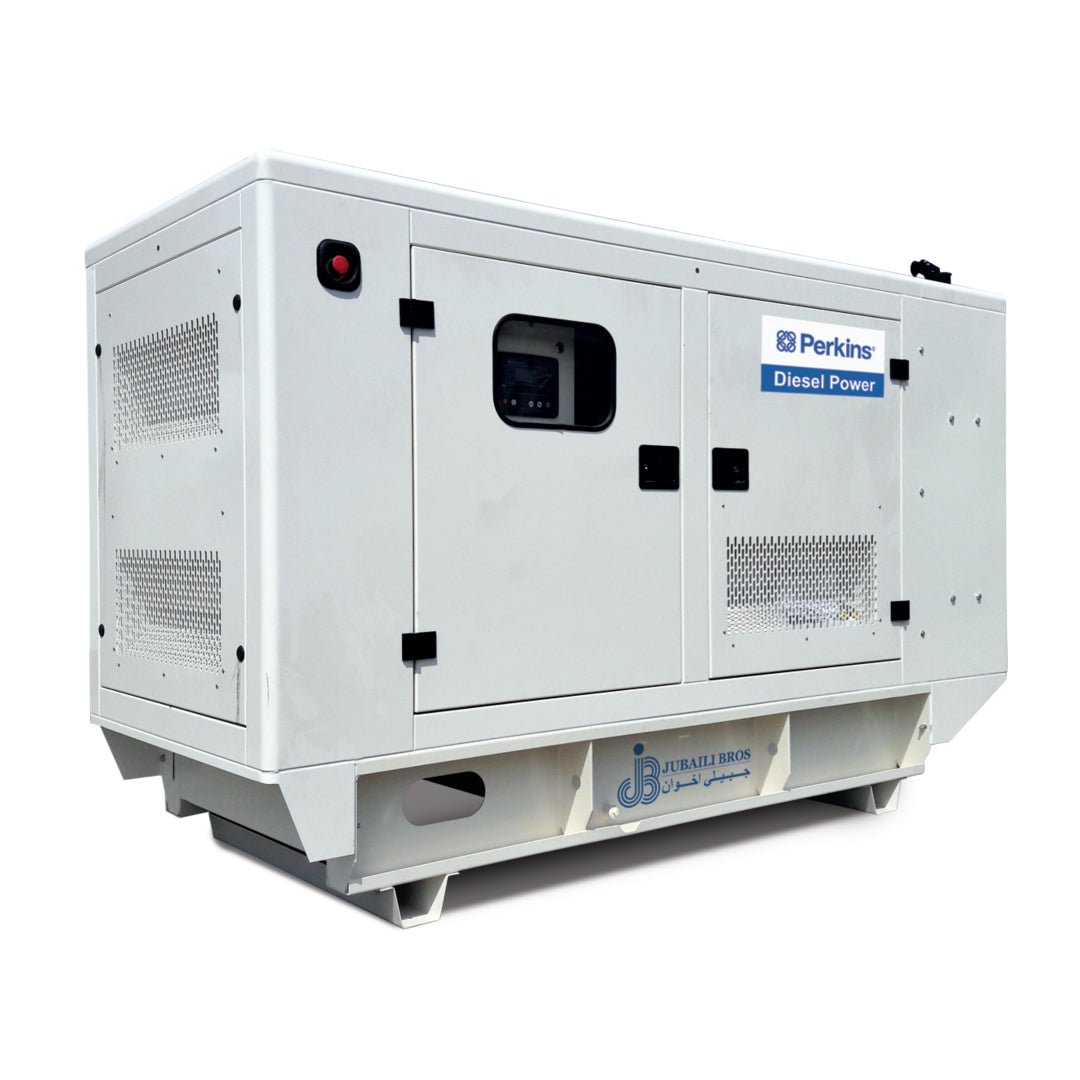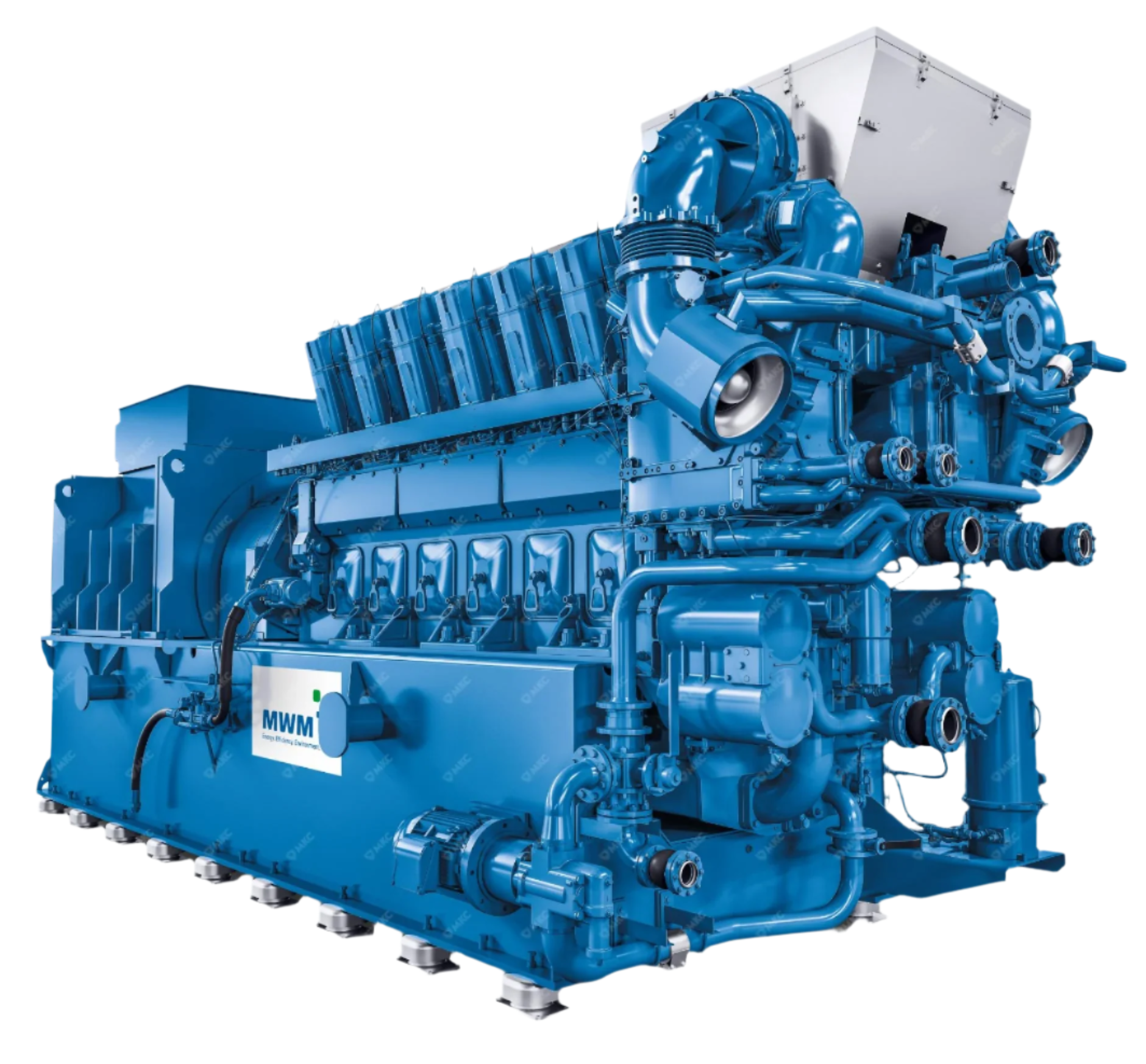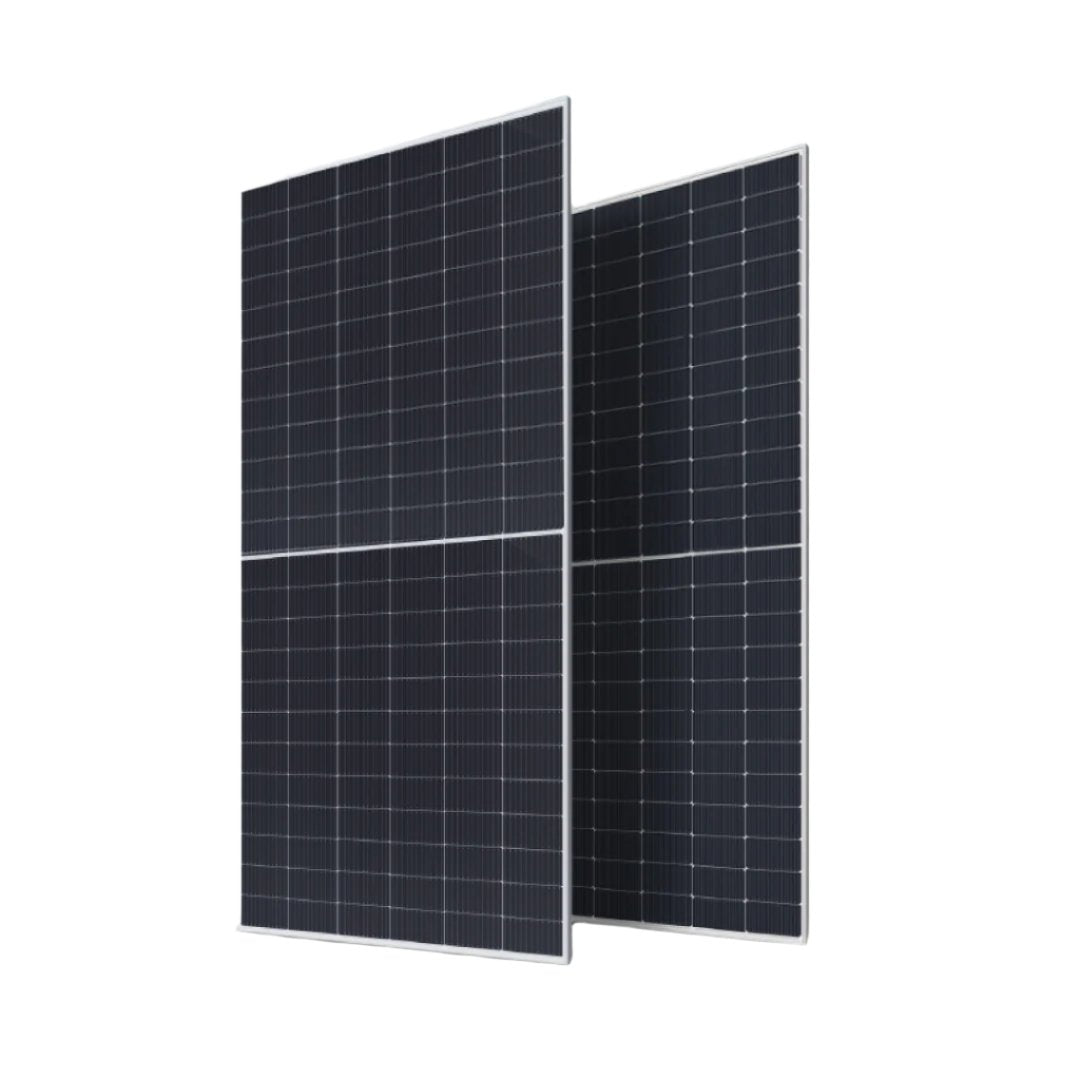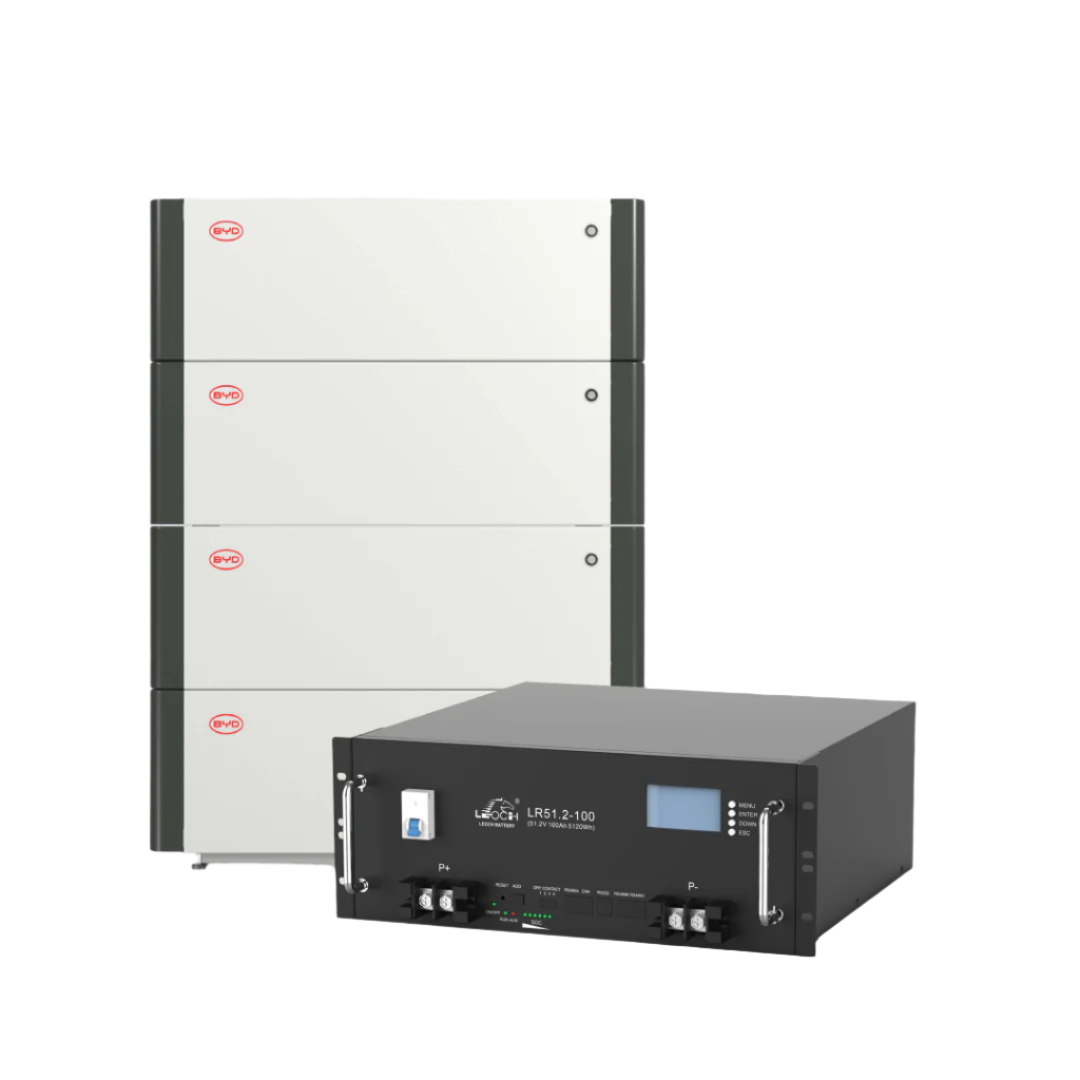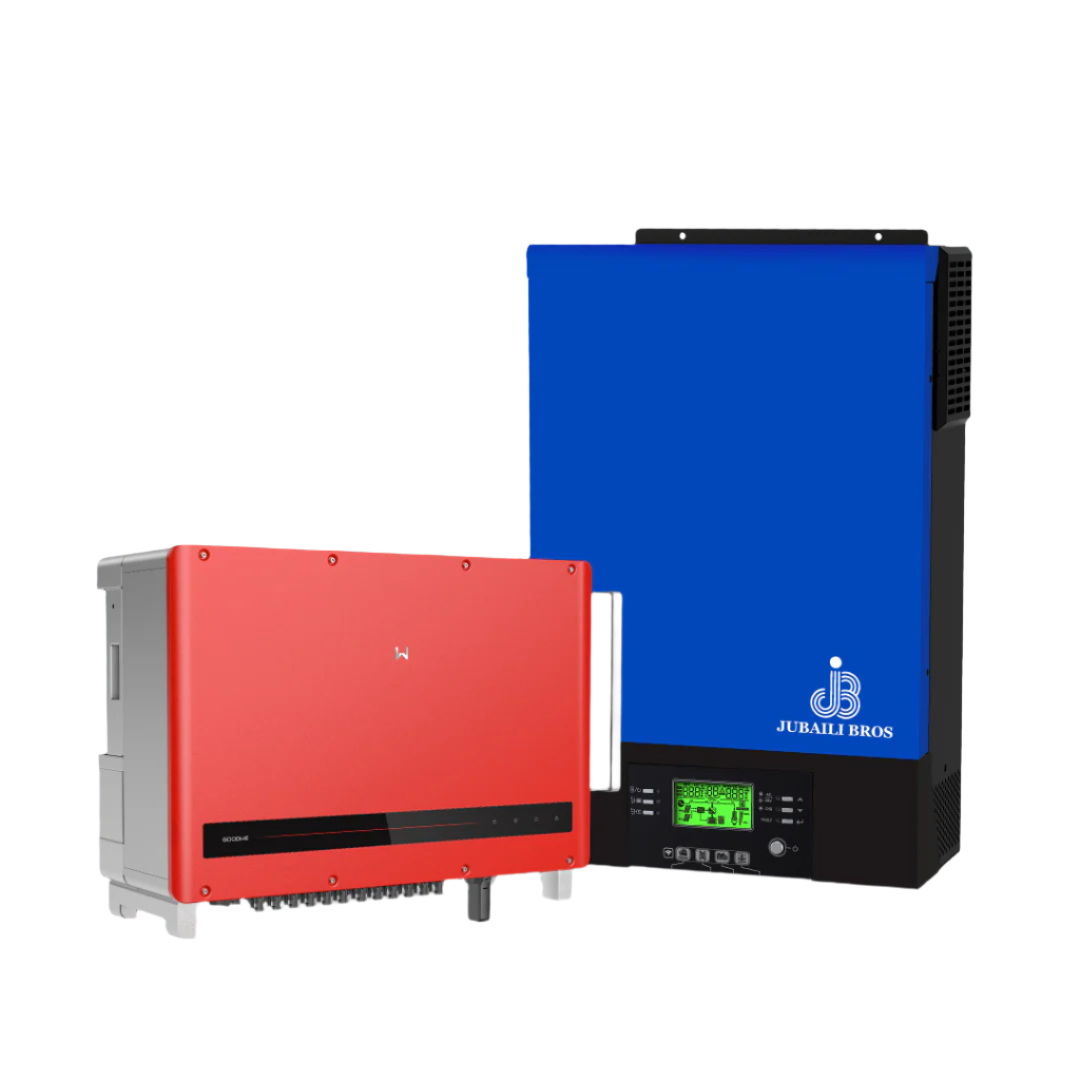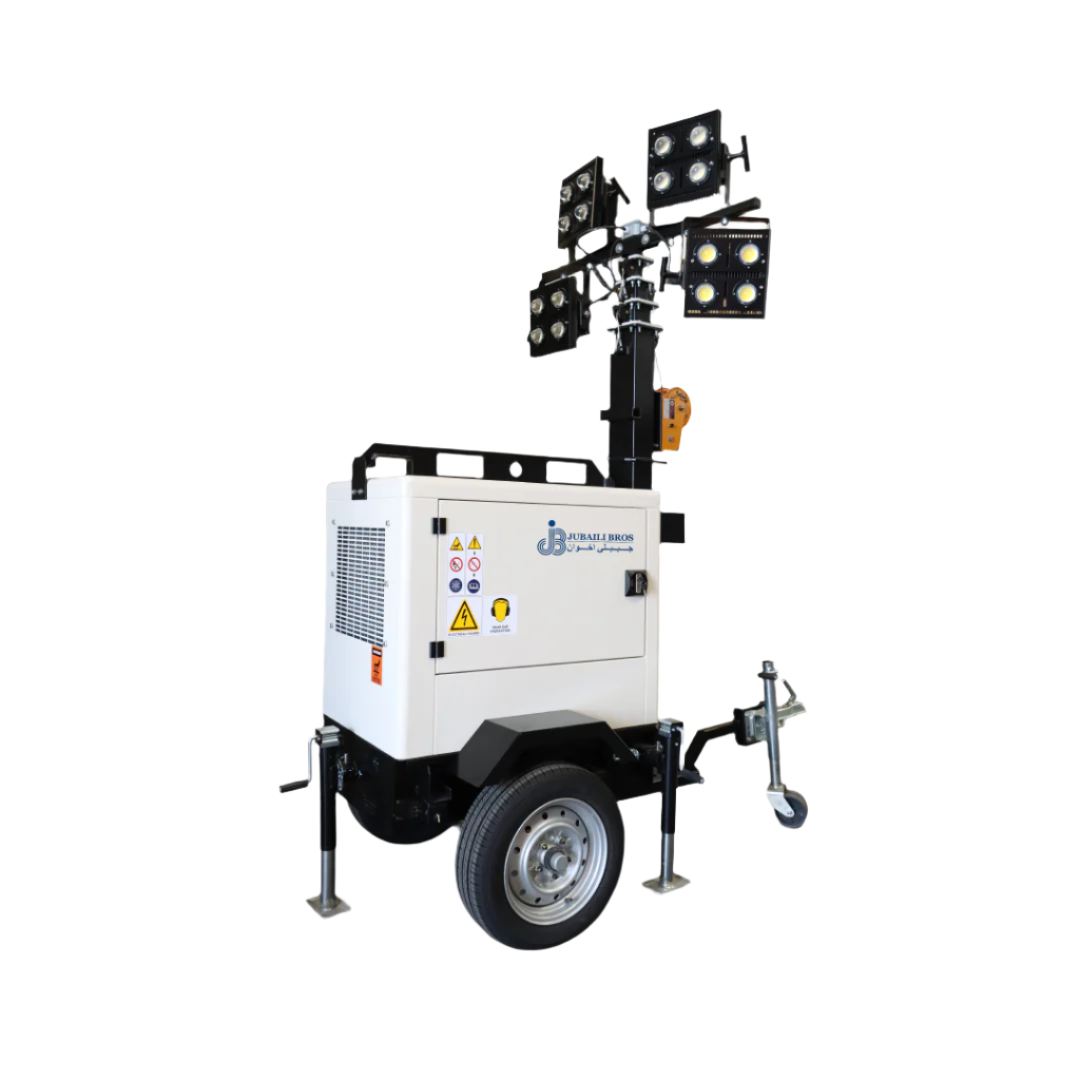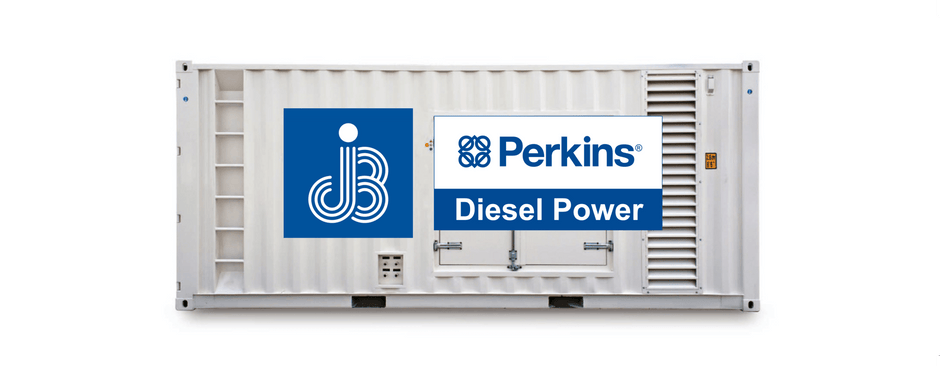When engineers discuss generator “capacity,” they typically refer to apparent power in kVA. However, the actual mechanical load on a diesel engine is based on real power in kW, while the alternator and cables must carry the full kVA. The ratio of these two quantities—power factor (PF)—is frequently misunderstood, leading to undersized generators that trip on overload or oversized systems that waste fuel. This article explains how power factor works, how different loads affect it, and how to apply it correctly in diesel generator sizing.
Power Triangle Basics
In AC systems, voltage and current are not always in phase. Their offset—known as the phase angle φ—gives rise to three power components:
- Real power (P): Measured in kW, this is the power that performs useful work.
- Reactive power (Q): Measured in kVAr, this supports magnetic and electric fields but does no useful work.
- Apparent power (S): Measured in kVA, it is the vector sum: S = √(P² + Q²).
The power factor is defined as PF = P / S = cos φ. A resistive load has PF ≈ 1.0, while inductive loads like motors can drop it to 0.6 or lower.
Why Generators Care About PF
Engine loading: The engine produces kW. If PF is low, the alternator reaches full current capacity while the engine remains underloaded, increasing the risk of wet stacking.
Alternator heating: Copper losses increase with current, so low PF generates more heat for the same real power output.
Voltage regulation: Low PF increases reactive current, leading to greater voltage drops across the alternator's internal reactance. Below 0.8 PF, the AVR may reach its limit, causing voltage instability during load steps.
Typical PF Values by Load Type
| Load Type | Typical PF | Notes |
|---|---|---|
| Incandescent lighting | 0.98–1.0 | Resistive, no reactive power |
| Fluorescent lighting (magnetic ballast) | 0.40–0.50 lagging | Requires capacitors for correction |
| Three-phase induction motor | 0.75–0.85 lagging | Improves with loading |
| UPS with IGBT rectifier | 0.95–0.99 lagging | Good PF due to active PFC |
| Variable-frequency drive (VFD) | 0.95 lag to 0.8 lead | Depends on DC-link and load |
| Arc welders | 0.30–0.60 | Nonlinear, high harmonic distortion |
Generator Nameplate PF (0.8)
Most alternators are rated at 0.8 PF lagging, a standard based on typical mixed loads. A 1000 kVA alternator can therefore deliver 800 kW of real power at this PF. If the actual site PF drops to 0.7, the same unit is limited to 700 kW—potentially insufficient.
Sizing Example
If a facility requires 630 kW at a PF of 0.74:
Required kVA = 630 kW / 0.74 ≈ 851 kVA
Selecting an 800 kVA generator would exceed the alternator’s current limit. A 900 kVA set is more appropriate, or the site PF must be improved through power factor correction.
Risks of Leading Power Factor
Capacitive loads can cause leading power factor, which under-excites the alternator. If PF exceeds 0.9 leading, the AVR may lose control, risking loss of synchronism or over-voltage during load rejection. This is common with lightly loaded VFDs or certain UPS systems with output filters.
Power Factor Correction (PFC)
- Fixed capacitors: Inexpensive but can introduce resonance issues.
- Automatic capacitor banks: Use stepped contactors to maintain target PF.
- Static VAR generators (SVG) or SVCs: Use thyristor or IGBT control to deliver precise dynamic kVAr support.
Jubaili Bros design guidance recommends maintaining PF between 0.8 lagging and 0.9 leading for stable operation.
Impact on Transient Load Acceptance
Starting large motors or switching VFDs may plunge PF below 0.3 lagging. This increases voltage dips due to reactive inrush. To mitigate this, PMG or AREP excitation systems should be specified, as they maintain voltage within ±15 % under transient conditions.
Paralleling Implications
In multi-generator systems, kW and kVAr are controlled independently. If one unit reaches its reactive limit before the others, it cannot share further load, leading to unbalanced loading. Performing routine kVAr balancing tests helps maintain efficiency and reliability.
Checklist for Consultants
- Survey load types and estimate minimum PF under worst-case conditions.
- Size generators based on real power divided by PF, then add 10 % margin.
- Verify alternator excitation type and AVR capacity for low-PF loads.
- Specify PFC hardware for PF < 0.8 lagging or > 0.9 leading.
- Include PF assumptions in project specifications to avoid scope disputes.
Conclusion
Power factor connects the mechanical output of a diesel engine to the true electrical needs of a facility. Misunderstanding or ignoring it leads to unstable operation, nuisance trips, and unnecessary cost. By incorporating accurate PF data into generator sizing, alternator selection, and PFC design, engineers can deliver reliable, efficient solutions tailored to real-world conditions.
Have a question about generator sizing or power factor correction? Contact Jubaili Bros—our engineering team is ready to assist with site-specific recommendations.







